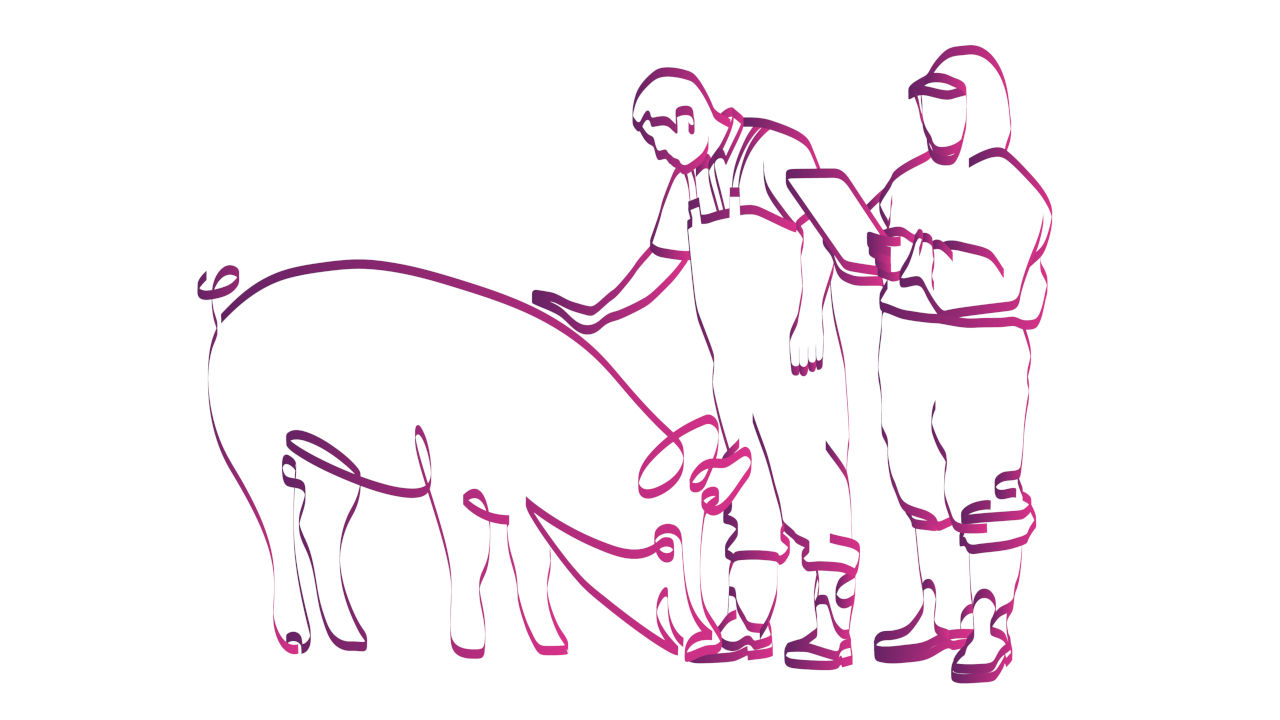‘Decent slaughtering is essential for public health’

Subject
Slaughter, animal welfare
Target audience
Welfare inspectors
Inspector: Moises (42) from Spain
As an inspector for the Department of Health in Catalunya (region in Spain, red.) I have worked mainly in large industrial slaughterhouses where up to three million pigs are killed for human consumption. In my region, there are almost no small slaughterhouses. Due to the number of pigs inspected, my colleagues and I have become experts in the behaviour and handling of pigs. And luckily, we as inspectors are not alone in that expertise: the companies also have a high degree of knowledge about how to treat these animals.
The pigs I see at the slaughterhouses come from different farms, up to eighty different farms per day. That makes my job very different from my inspector-colleagues – also mostly veterinarians – that visit farms. The inspection in the slaughterhouses is, therefore, pretty complicated, while it is my task to authorise the slaughter on the basis of a quick but thorough check. I perceive pathologies and symptoms instantly and can often trace them back to farms and transporters.
Fortunately, I see considerably fewer sick animals nowadays than years back. Bacterial infections like erysipelas (Erysipelothrix rusopathiae) have not ocurred for years now. That was different when I started my career: I would observe a handful of cases each week, especially in early fall and spring. Also, much fewer hernias are observed nowadays. So, in general, the welfare upon arrival in the slaughterhouses has become much better due to the increased inspections on the farms. Most deficiencies – like bruising, wounds and lameness - I presently encounter can be explained by incidents during transport.
Trucks transporting pigs have many animals on board, and the drivers have a tight schedule with multiple routes a day, which they have to work as fast as possible. In my experience, that can be a problem. I once experienced a load of pigs, where the size of one compartment holding pigs did not allow the animals to turn around, so they had to exit the vehicle backwards. Anyone in animal handling should know that animals do not like to walk backwards. Added to that, the unloading ramp wasn’t anchored properly: many of the pigs fell out of the truck and ran around in panic.
I don’t think it’s too hard to comply with rules for animal welfare. They provide for the minimum required level of animal welfare. From there, anyone can choose to do more. In the slaughterhouses, we work mainly with European regulations, which make it pretty clear to oversee. In addition, the slaughterhouses are industrial and therefore highly specialised.
In general, I see the rules are least followed on the management level: when they make their operators work under stress. That stress has a harmful effect on animals, and stressed animals are more difficult to handle during transport or stunning. Moreover, it has been argued that the pigs even can smell the stress and fear of their fellows, which increases the unrest. It is then my task as an inspector to break this vicious circle. This reflection - a colleague gave me once – I use a lot to confront management: ‘You are the intelligent animal here: prove it’.
Another tip for my colleagues concerns complaints of the businesses inspected about bureaucracy: the large numbers of documents that they have to manage and file. I always try to explain to them that this paperwork is not to bully them at all, but essential to reconstruct a working day. Not necessarily to find out if they did something wrong, but to see what happened to them and be able to prevent problems in the future.’
